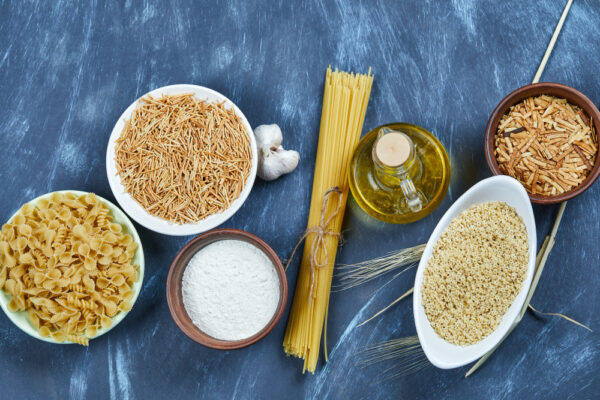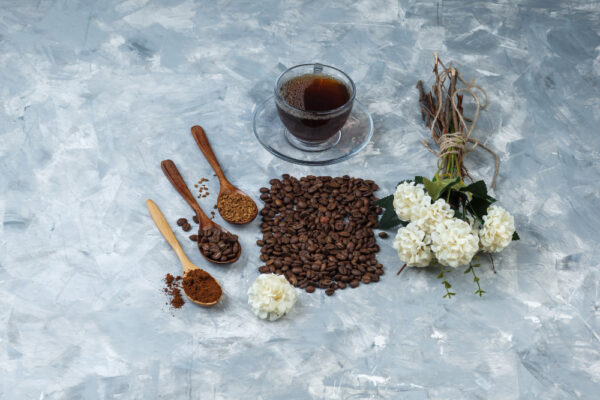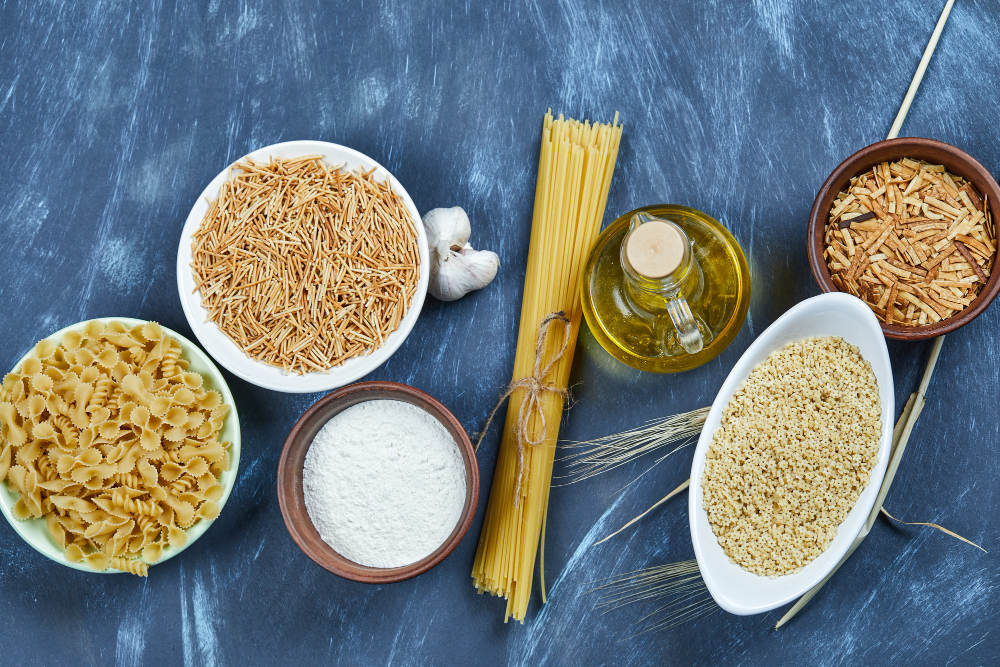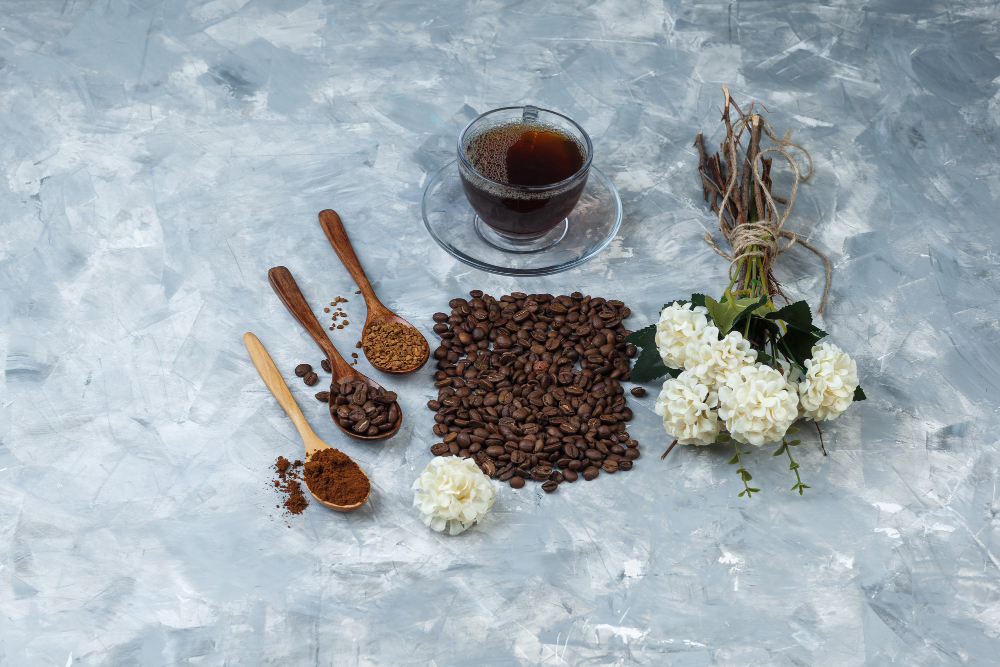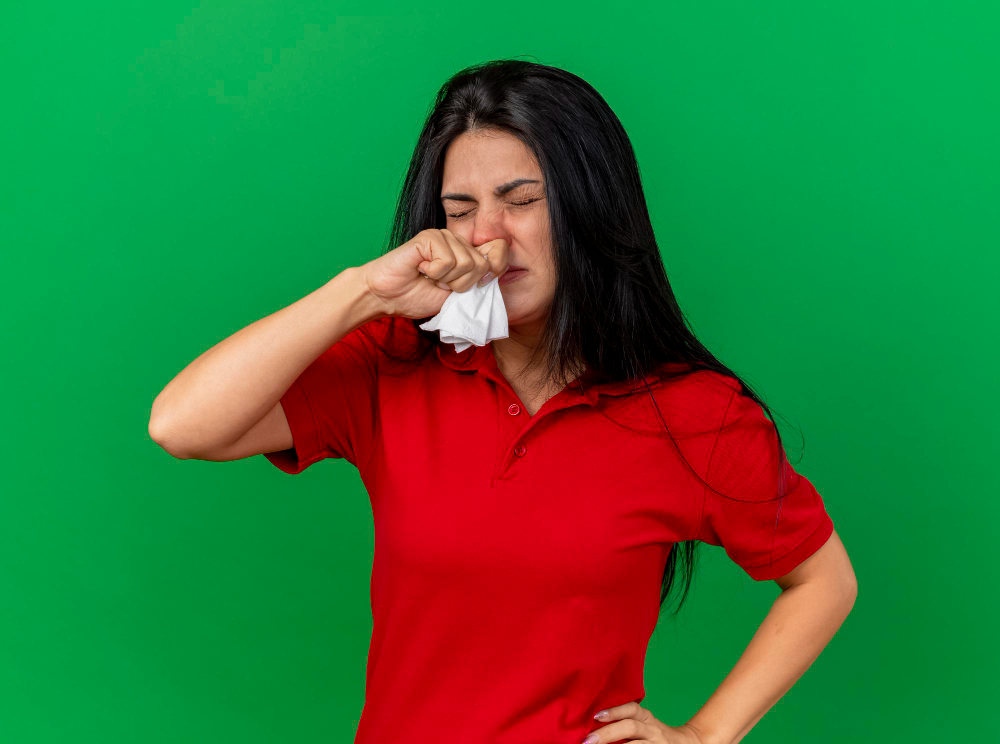
When it comes to preserving youthful, radiant skin, it’s not about finding a magical product—it’s about knowing which ingredients work. With thousands of creams, serums, and masks flooding the beauty market, choosing the right anti-aging product can be overwhelming. But dermatologists agree: certain ingredients are proven to fight the signs of aging effectively.
From fine lines and wrinkles to uneven tone and loss of elasticity, the right formula can make all the difference. Here are the top 7 anti-aging ingredients dermatologists swear by, backed by science and used in clinics and prescriptions around the world.
1. Retinol (Vitamin A Derivative)
Retinol is hands-down one of the most powerful and well-studied anti-aging ingredients in skincare. A derivative of vitamin A, retinol works by stimulating collagen production, accelerating cell turnover, and reducing the appearance of fine lines, wrinkles, and age spots.
Why dermatologists love it:
- Reduces fine lines and wrinkles
- Improves skin texture and tone
- Minimizes hyperpigmentation
- Prevents clogged pores and acne
How to use:
Start with a low concentration (0.25% or 0.5%) two to three times a week, and gradually build up as your skin adjusts. Always follow with sunscreen in the morning—retinol can increase sun sensitivity.
2. Vitamin C (Ascorbic Acid)
A potent antioxidant, Vitamin C neutralizes free radicals that contribute to premature aging. It brightens the skin, fades dark spots, and boosts collagen synthesis, making your skin firmer and more youthful.
Why dermatologists recommend it:
- Fights oxidative stress and sun damage
- Brightens dull skin
- Evens out skin tone and reduces pigmentation
- Enhances collagen production
How to use:
Apply a serum containing 10–20% L-ascorbic acid in the morning before sunscreen. Look for formulas that also include vitamin E and ferulic acid for increased stability and effectiveness.
3. Hyaluronic Acid
If your skin is dry, dull, or losing plumpness, hyaluronic acid (HA) is your best friend. This sugar molecule occurs naturally in the skin and has the remarkable ability to hold up to 1,000 times its weight in water, delivering deep hydration and volume.
Benefits:
- Hydrates and plumps the skin
- Reduces the appearance of fine lines caused by dryness
- Improves skin elasticity
- Works well with all skin types
How to use:
Use a hyaluronic acid serum on damp skin before applying moisturizer to lock in hydration. It can be used both morning and night.
4. Peptides
Peptides are short chains of amino acids that serve as building blocks of proteins like collagen and elastin. As we age, collagen production slows down, leading to sagging skin and wrinkles. Peptides signal your skin to produce more collagen, helping to firm and repair damaged tissue.
Why dermatologists trust peptides:
- Improves firmness and elasticity
- Minimizes wrinkles and fine lines
- Repairs the skin barrier
- Supports skin regeneration
How to use:
Look for serums or moisturizers with copper peptides, matrixyl, or argireline for visible anti-aging benefits.
5. Niacinamide (Vitamin B3)
Niacinamide is a multi-tasking powerhouse known for its anti-inflammatory, brightening, and barrier-strengthening properties. It helps minimize pore size, smoothes wrinkles, and protects against environmental stressors like pollution and UV damage.
Key benefits:
- Fades age spots and hyperpigmentation
- Improves skin texture
- Enhances skin barrier function
- Regulates oil production
How to use:
Niacinamide is gentle and non-irritating, making it ideal for daily use. It works well with other ingredients like hyaluronic acid and retinol, and is often found in serums and moisturizers in concentrations of 5–10%.
6. Alpha Hydroxy Acids (AHAs)
AHAs like glycolic acid, lactic acid, and mandelic acid are chemical exfoliants that dissolve the bonds between dead skin cells, helping to reveal fresher, smoother skin underneath. Regular AHA use stimulates cell renewal and reduces the appearance of fine lines, discoloration, and rough patches.
Why it works:
- Promotes skin renewal
- Improves tone and texture
- Reduces age spots and sun damage
- Smoothes out wrinkles
How to use:
Use an AHA toner or serum 2–3 times a week at night. Start slow to avoid irritation, and always follow up with SPF during the day as exfoliation increases sun sensitivity.
7. Sunscreen (Broad-Spectrum SPF)
While not a glamorous ingredient, sunscreen is the most effective anti-aging product you can use daily. UV radiation is the #1 cause of premature aging—leading to wrinkles, pigmentation, and loss of elasticity.
Why dermatologists insist on SPF:
- Prevents sunburn, age spots, and hyperpigmentation
- Protects collagen and elastin fibers from degradation
- Reduces risk of skin cancer
- Enhances the effectiveness of other active ingredients
How to use:
Apply a broad-spectrum SPF 30 or higher every morning, even on cloudy days. Reapply every two hours if you’re outdoors or sweating.
Bonus Tip: Consistency Is Key
Even the most potent anti-aging ingredients need time to work. Dermatologists emphasize that consistent use is more important than immediate results. It can take 6–12 weeks to see visible improvements in fine lines, skin texture, and tone. Stick to a routine, be gentle with your skin, and avoid over-exfoliating or layering too many actives at once.
Aging is a natural process, but you can age gracefully and confidently with the help of science-backed skincare. These **top 7 anti-aging ingredients—retinol, vitamin C, hyaluronic acid, peptides, niacinamide, AHAs, and sunscreen—**are dermatologist favorites because they actually work.
Whether you’re starting early with preventive care or trying to reverse existing signs of aging, building a routine around these essentials will help you achieve healthier, younger-looking skin over time.
Remember, great skin doesn’t happen overnight, but with the right ingredients and a little patience, it does happen.
![]()

